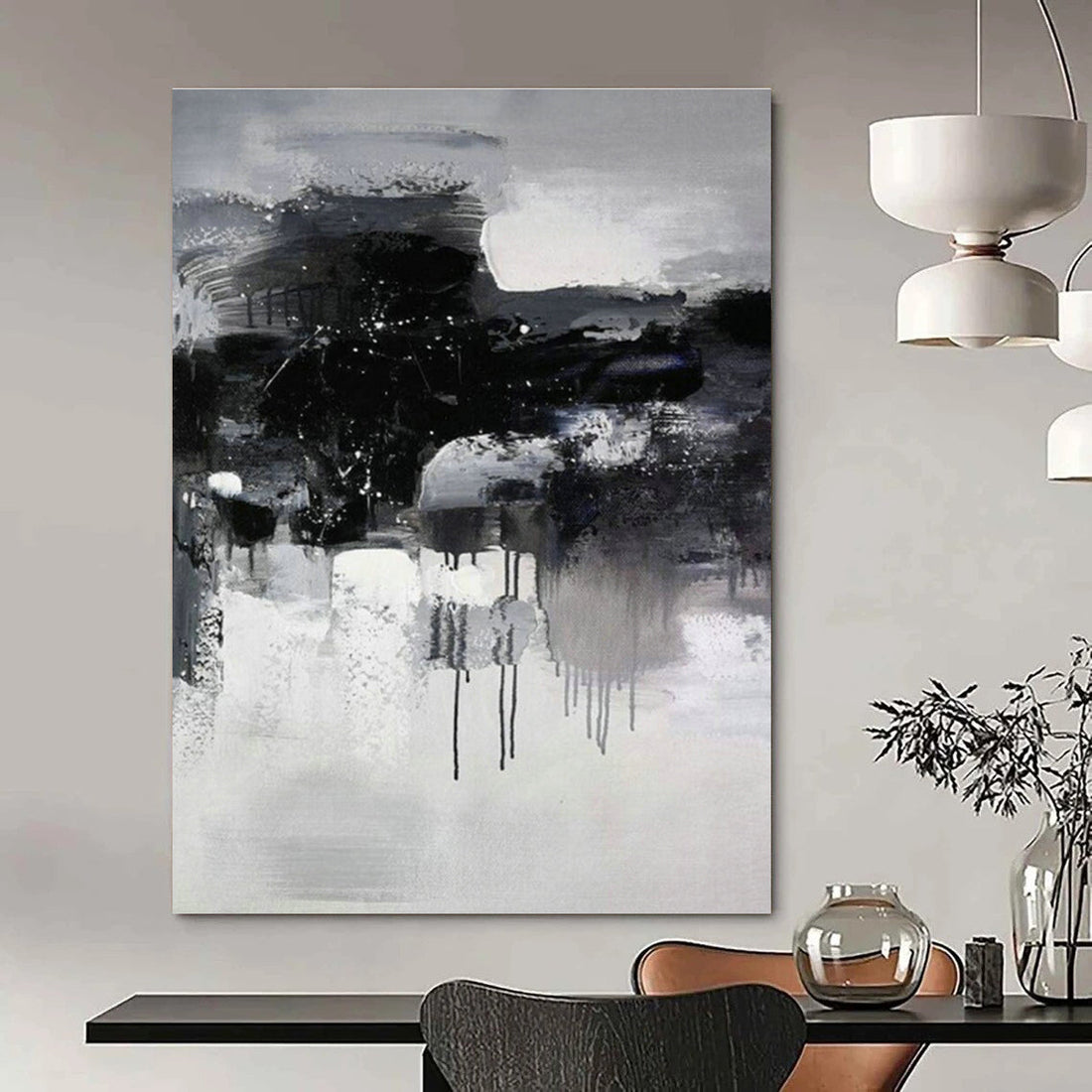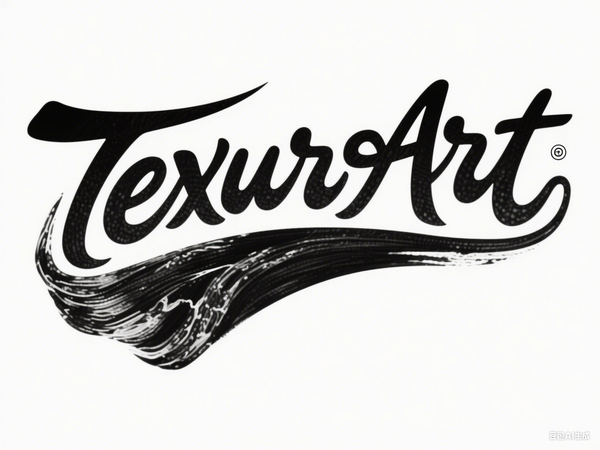
The Sophisticated Allure of Gray Abstract Art
Share
In the realm of artistic expression and interior decor, gray abstract art stands out for its understated elegance and versatile appeal. This style merges the neutrality of gray tones with the boundless creativity of abstraction, resulting in pieces that convey depth, mystery, and modernity. Gray, often seen as a bridge between black and white, provides a sophisticated backdrop for abstract forms, allowing subtle textures and shapes to emerge and captivate. Whether enhancing a sleek urban apartment or adding a touch of refinement to a professional workspace, Gray Abstract Art offers a timeless option for those who appreciate subtlety over spectacle.
The origins of abstract art can be traced to the early 20th century, when visionaries like Wassily Kandinsky and Kazimir Malevich challenged conventional representation by focusing on pure emotion and composition. This departure from realism opened doors to endless possibilities, and when combined with gray palettes, it achieves a unique poise. Gray draws from natural elements such as stone, fog, and steel, infusing abstract works with an industrial yet serene quality. Artists employ varying shades—from soft dove grays to deep charcoals—to build layers of intrigue, creating artworks that invite contemplation without demanding attention. This makes gray abstract pieces particularly suited for environments where balance and calm are essential, like home offices or lounges.

A fascinating element of gray abstract art is its connection to color psychology. Gray symbolizes neutrality, stability, and sophistication, often evoking a sense of composure in turbulent times. In abstract contexts, it enhances the artwork's ability to foster introspection, akin to a quiet storm or a misty landscape. Interior designers frequently integrate it with complementary tones to craft cohesive spaces. For example, a expansive gray abstract mural can anchor a room with monochromatic schemes, introducing subtle drama that elevates the overall ambiance without overpowering it.
Delving into color theory reveals why gray thrives in abstraction. As a neutral hue, gray harmonizes with both warm and cool colors, serving as a versatile foundation for artistic experimentation. Creators manipulate it through methods like shading, dripping, or angular designs to explore concepts of equilibrium and transition. This adaptability ensures gray abstract art integrates effortlessly into various design motifs, from industrial loft aesthetics to mid-century modern vibes. Picture a dynamic, layered gray canvas positioned over a metallic sideboard, its forms mirroring the sleek lines of surrounding furniture.
Modern platforms and exhibitions highlight an array of contemporary abstract works, where gray continues to inspire innovative expressions. These creations often blend traditional mediums with contemporary techniques, such as mixed-media collages or digital enhancements, to add dimension and interest. For decorators, selecting gray abstract art transcends mere decoration; it's about cultivating an environment that resonates with personal equilibrium. A bold, oversized piece can redefine a foyer, while a series of compact gray abstracts forms a compelling narrative on a feature wall.
In addition to its visual charm, gray abstract art brings functional advantages to styling. Its muted spectrum allows for easy adaptation to changing trends or seasonal elements without discord. In corporate settings, it encourages concentration and innovation, subtly boosting the atmosphere. Enthusiasts value how gray shades endure gracefully, preserving their relevance far longer than fleeting bright hues. Browsing selections of gray wall art uncovers diverse choices, from ethereal fluid patterns to structured geometric arrays, each offering a distinct interpretation through restraint.
As design preferences shift, gray abstract art endures as a reliable choice, evolving with influences while maintaining its inherent allure. Whether for art aficionados or casual admirers, this style fosters a profound engagement with one's space. It suggests rather than states, encouraging the observer to uncover personal meanings within its subtle depths.
FAQ
What defines gray abstract art? Gray abstract art consists of non-representational designs predominantly using gray shades, emphasizing shape, texture, and mood over literal imagery.
Why is gray a popular choice for abstract art? Gray offers neutrality and sophistication, creating a calming yet intriguing base that suits modern interiors and promotes a sense of balance.
How can I incorporate gray abstract art into my home? Begin by choosing a piece that aligns with your room's size and color scheme, then position it as a centerpiece or within a grouped display for enhanced effect.
Where can I find high-quality gray abstract art? Explore trusted online galleries or specialized collections focused on neutral abstracts, selecting items that match your lighting and aesthetic preferences.
Does gray abstract art work in small spaces? Yes, its subdued tones can expand the feel of confined areas, adding depth and interest without dominating the environment.
Is gray abstract art suitable for modern or traditional decor? Certainly, its versatile neutrality complements both styles, providing adaptability in various decorative approaches.
